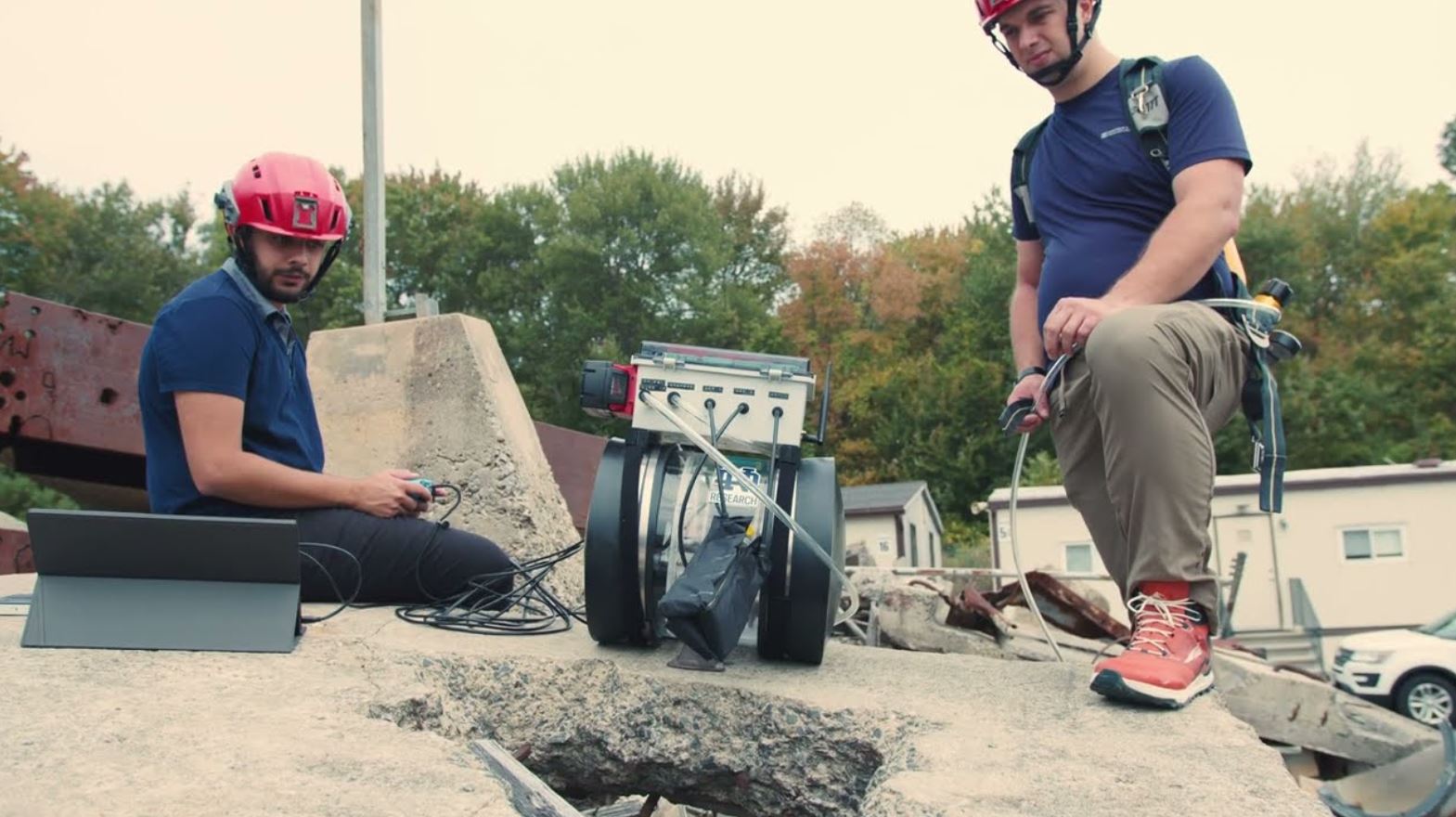 Imagine being able to send a robot into the heart of a disaster zone to help locate and rescue people trapped under debris. That’s exactly what researchers from MIT’s Lincoln Laboratory and the University of Notre Dame are working on with their vine-like robot. This innovative tool is designed to assist emergency responders in the challenging task of navigating through rubble during structural collapses.
Imagine being able to send a robot into the heart of a disaster zone to help locate and rescue people trapped under debris. That’s exactly what researchers from MIT’s Lincoln Laboratory and the University of Notre Dame are working on with their vine-like robot. This innovative tool is designed to assist emergency responders in the challenging task of navigating through rubble during structural collapses.
Unlike the legged robots currently used in disaster areas, which often struggle in tight or unstable spaces, this new robot, known as the Soft Pathfinding Robotic Observation Unit, or SPROUT, offers a fresh approach. SPROUT can inflate and deflate itself to move through obstacles, allowing it to be remotely controlled. This means responders get a valuable tool for exploring, mapping, and finding the best paths through debris. Plus, SPROUT is both affordable and easy to use, making it a promising addition to urban search-and-rescue missions.
Chad Council from Lincoln Laboratory explains, “The urban search-and-rescue environment can be brutal and unforgiving, where even the most hardened technology struggles to operate.” SPROUT’s unique design helps overcome many of the hurdles faced by other robotic platforms.
The development of SPROUT was a team effort, with Margaret Coad from the University of Notre Dame bringing her expertise in vine robots for industrial inspection. The robot is essentially an inflatable tube made of airtight fabric, equipped with a camera and sensors at its tip. As it inflates, it extends into debris-filled spaces, capturing images and creating maps of the environment.
Currently, SPROUT can be controlled using joysticks, with its camera feed displayed on a screen, and it can reach up to 10 feet. The team is working to extend this reach to 25 feet. While the flexibility of SPROUT is a big advantage, it also presented some technical challenges. Engineers had to develop a control system that applies air pressure precisely and reduces friction during deployment, improving its steering capabilities.
MIT researchers are also looking into other ways SPROUT can be used in disaster relief, like mapping underground voids. Nathaniel Hanson, who leads the project, notes, “Collapse events are rare but devastating events.” To tackle the lack of real-world measurements, a simulator was created to develop algorithms for mapping void spaces.
Field tests with Massachusetts Task Force 1 first responders have already provided valuable insights for enhancing SPROUT’s durability and maneuverability, with a larger field study on the horizon. Hanson emphasizes the importance of accessible technology for responders, stating, “Urban search-and-rescue teams and first responders serve critical roles in their communities but typically have little-to-no research and development budgets.”
Beyond disaster response, this technology could potentially help maintain military systems or infrastructure in hard-to-reach areas. While the initial focus is on mapping void spaces, future developments aim to identify hazards and ensure safe operations through debris.








